Courtney M. Block
Many lesser-known women, whose names are familiar mainly to the historically minded, need to be rescued from oblivion. Eventually historical studies should provide us not with a one-sided view of women’s work, but a balanced view of parapsychology’s past in which we obtain a better understanding of the interactions between, and work of, female and male workers in specific historical periods. The past is gendered. It is as gendered as the present… (Zingrone & Alvarado, 2019).
Names such as Henry Sidgwick, Frederic W. H. Myers, Dr. Charles Richet, Dr. J. B. Rhine, and Frank Podmore are well-known to the readers of psychical research and early parapsychology. The efforts of these figures are certainly notable, however, there are scores of other researchers whose work and impact in these fields is less frequently discussed. Below I present brief biographical sketches of ten select female figures who have impacted psi research but are perhaps lesser known than their male counterparts. These sketches are excerpted from my forthcoming publication with Rowman and Littlefield, The Encyclopedia of Parapsychology.
The Perils of Representation
It is perhaps no surprise given the social conventions of the 1870s to 1940s that women were often missing from scientific and historical discussions of psychical research. Even when they were mentioned, bylines referenced their status as married women instead of researchers. For example, in Volume 28 of the Proceedings of the Society for Psychical Research, published in 1915, Eleanor Sidgwick wrote and compiled a 652-page document on the investigation of the mediumship of Leonora Piper. The byline refers only to Eleanor as “Mrs. Henry Sidgwick” (Sidgwick, 1915, p. 28). While readers or scholars already familiar with this era of psychical research may readily know that this byline refers to Eleanor, new readers will likely be left not even knowing the author’s actual name. This practice is certainly not limited to psychical research, but it nevertheless represents the perils of representation and identity in documents written during a certain time period.
Unfortunately, we find other examples of this practice within the literature in the 1950s and 1970s. In the September 1952 edition of the Journal of Parapsychology, Hornell Hart wrote an article titled “Mrs. Rhine’s Conclusions about Survival: A Critique” (1957). Though Hart refers to her rightly in the body of this article as Dr. Louisa E. Rhine, the title of this article fails to recognize her educational and professional expertise. Within this same journal, in June 1977, scholar K. Ramakrishna Rao refers to Louisa as “Mrs. Rhine” repeatedly while referring to Louisa’s husband as “Dr. J. B. Rhine” (Rao, 1977). While it seems that there is no insidious motivation behind these naming conventions, it is an example of the implicit censorship of the role of women in this field – a patriarchal practice that leads to the names of women being spoken less frequently.
To be fair, there are male researchers during this time who, like the women mentioned below, are underrepresented in the popular literature. Tomokichi Fukurai, for example, was a Japanese psychologist whose textbook on hypnosis was considered a seminal text for many years. Fukurai was among the first to discuss the concept of thoughtography, or the ability of the mind to manifest marks and etchings on surfaces like metal plates (Takasuna, 2012). Richard Maurice Bucke was a Canadian psychiatrist credited with coining the concept of a “cosmic consciousness” who advocated for the importance of studying mystical experiences (Berger & Berger, 1991, p. 53). Cadambur T.K. Chari was one of India’s most prolific contributors to the philosophy of parapsychological phenomena (Berger & Berger, 1991, p. 67). The Dutch psychiatrist Frederik van Eeden coined the term “lucid dreaming” (Bortnichak & Bortnichak, 2021, p. 9), and, according to scholar Ingrid Kloosterman (2012, p. 14), “was the first Dutchman actively interested in the work of the British (Society for Psychical Research)”. These examples of figures less often discussed in popular English language books and resources on psychical research may result from an emphasis on researchers from the United Kingdom and United States.
Now let us get acquainted with the work of notable, but perhaps lesser-known, figures in the history of early psychical and parapsychological research.
Mary Boole (1832–1916, Mathematician)
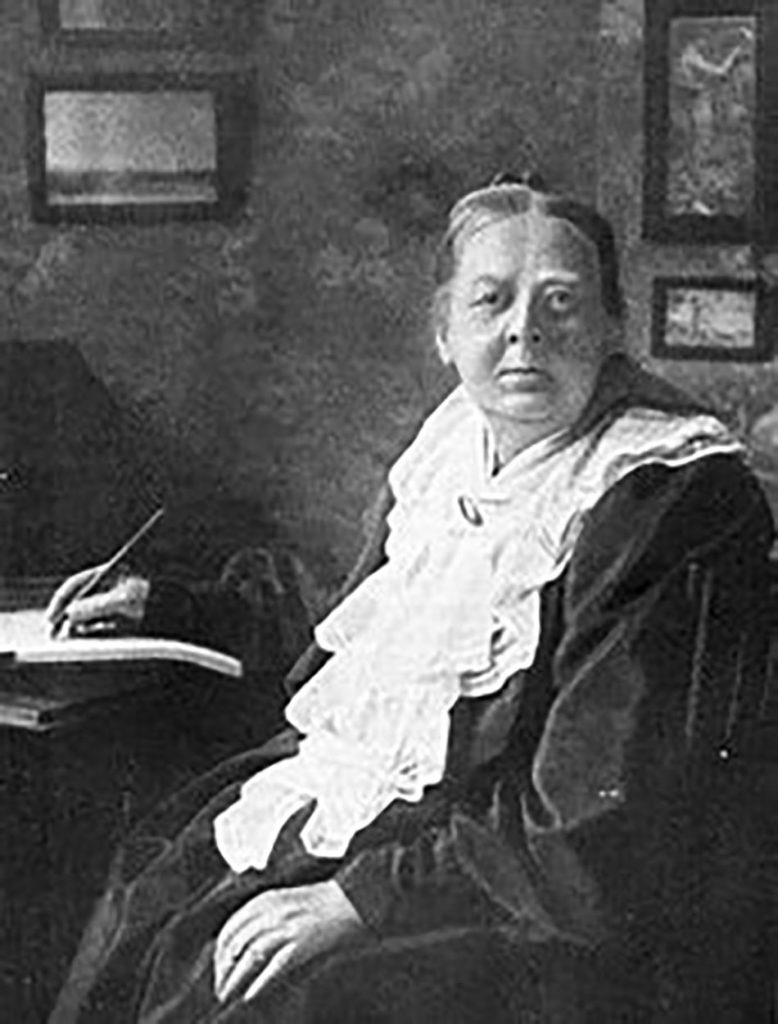
Mary Boole was a self-taught mathematician and one of the founding members of the British Society for Psychical Research (SPR). She was, in fact, the sole female founding member. She remained with the SPR for about six months, at which point she left the group, leaving some to wonder if being the lone female voice in a group otherwise dominated by men left her feeling unheard. Others have postulated that she perhaps stepped away from the SPR to devote her time to the various social causes to which she was dedicated. Mary was actively devoted to promoting the role of women not just in society, but in education as well. She was the author of children’s math books, and also promoted the merits of psychical research (Lawrence, 2015, p. 597-603). In 1908, she wrote a nearly three-hundred-page book titled The Message of Psychic Science to the World in which she urged the academy not to dismiss the merits of knowledge gleaned from psychical pursuits. In this book, we learn that Mary’s father was an occultist who also urged his colleagues to seriously consider trance and mesmerism (Boole, 1908).
Rosalind Heywood, (1895–1980, Parapsychologist)
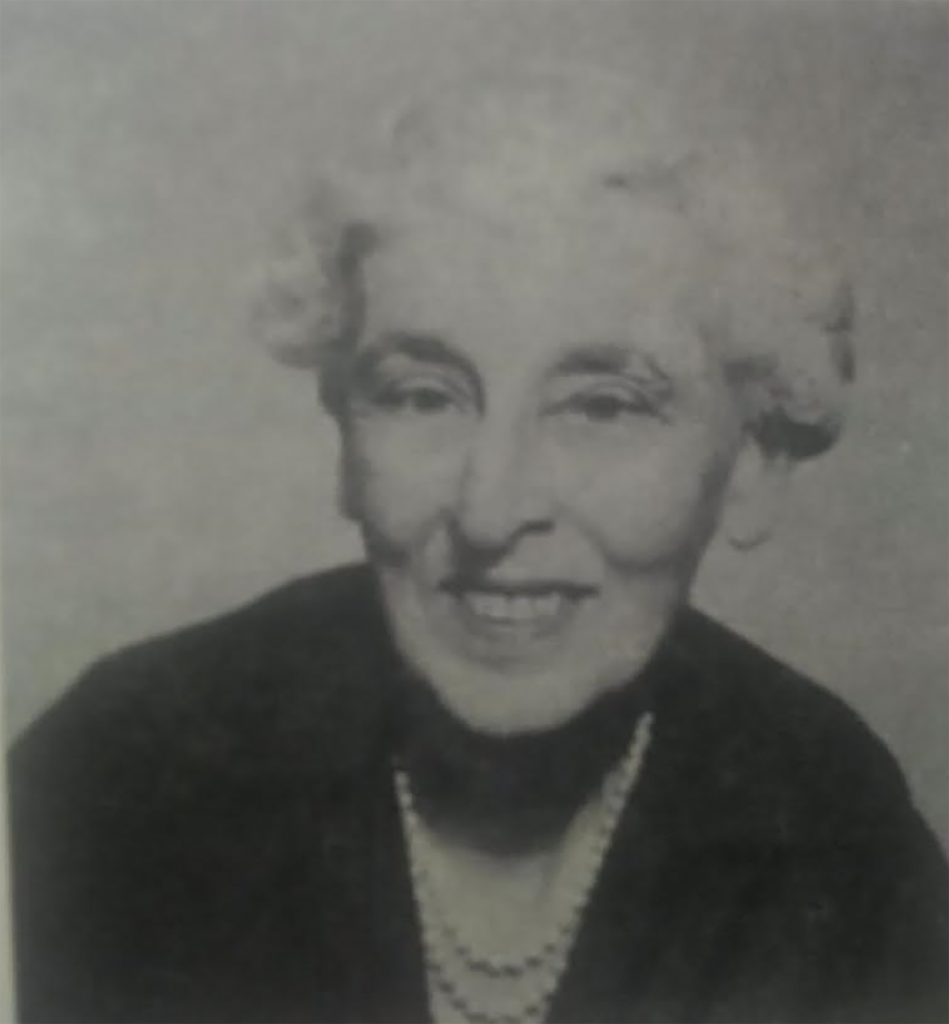
Rosalind Heywood was a psychic and member of the British SPR. She noticed that she had extrasensory abilities when she served as a nurse’s aide in World War I. Resorting to unconventional methods to save patients, Rosalind couldn’t describe how she received the knowledge, but knew that it came from outside herself. She continued having telepathic encounters and joined the SPR in 1938 to learn more about her own experiences and contribute to the knowledge of the field. She contributed to the society’s experiments and literature, and published multiple books, one being an autobiography (Berger & Berger, 1991, pp. 179–80).
Betty Humphrey (1917 – ?, Parapsychologist)
Betty Humphrey is the author of Handbook of Tests in Parapsychology, published in 1948 by the Parapsychology Labs at Duke University. Humphrey became interested in parapsychology while engaging in psychical research during her undergraduate studies at Earlham College in Indiana. Because of her interest in this topic, she pursued graduate work at Duke University, knowing that, at the time, they had an established lab devoted to parapsychological study. Naturally, she befriended J. B. Rhine, who asked her to continue her research in a formal position in the parapsychology labs. Along with her husband and fellow parapsychologist J. Fraser Nicol, Betty’s research uncovered a link between extroversion and psychical abilities. In other words, she discovered that those with extrasensory abilities often have extroverted personalities, and she also discovered a link between mood and psychical ability, noting that participants in a calmer mood often exhibited higher rates of psi ability (Berger & Berger, 1991, p. 292).
Ina Jephson (189?–1961, Psychologist)
Ina Jephson was a British psychologist who was among the first to report on the decline effect. In 1928, Jephson designed an experiment in which more than 240 people, in pairs, would attempt to correctly identify playing cards held by one participant. She noticed, through the course of this experiment, that the statistical significance of correct guesses seemed to follow a certain pattern. Correct guesses began occurring early in the test, then fell off only to have a slight surge again toward the end of the experiment. Jephson also referred to this as the “fatigue effect,” and her experiments on telepathy were highly regarded by the SPR, in which she became a member in 1920 (Berger & Berger, 1991, p. 207).
Alice Johnson (1860–1940, Psychical Researcher)
Alice Johnson was a research officer for the SPR and secretary of fellow parapsychologist Eleanor Sidgwick where they were both working at Newnham College. In her research, Johnson was involved in the inquiries into both Leonora Piper and Eusapia Palladino. Johnson also spent decades studying the curious phenomena of cross-correspondences – instances in which the speech or writing of two separate and unconnected mediums are either a direct match or appear to answer one another. Many cross-correspondences occurred during automatic writing sessions and were sometimes signed off with the name of a deceased person. To Johnson and her fellow researchers, cross-correspondences suggested the survival of life after death. In addition to her research, Johnson was editor of the Proceedings of the Society for Psychical Research and helped posthumously complete Frederic W. H. Myer’s Human Personality and its Survival of Bodily Death (Berger & Berger, 1991, pp. 89, 209).
Fanny Hoppe Moser (1872–1953, Biologist)
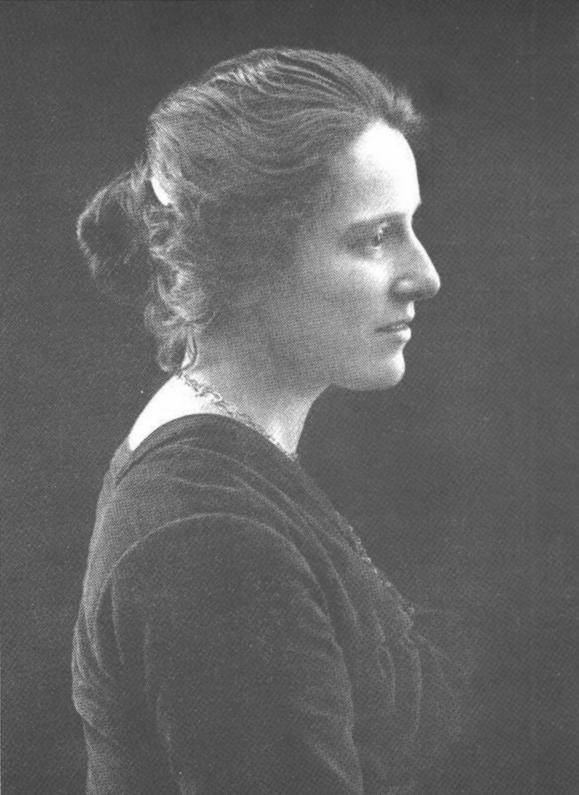
Fanny Moser was a Swiss biologist credited as one of the first scientists to link psychical phenomena with altered states of consciousness. Dr. Moser attended a séance during which she witnessed an object levitate. According to an article in the Australian Journal of Parapsychology, this moment “shattered her scientific world view” and “in the following decades [she] undertook a critical examination and reappraisal of the entire field of mesmerism, hypnotism, Spiritism, and early parapsychological research” (The Australian Institute of Parapsychological Research, 2019, pp. 231-232). This decades-long examination resulted in the publication of Okkultismus, which outlines twenty-seven of her most memorable cases (pp. 274-275). As part of her will, Dr. Moser left funding for psychologist Hans Bender and the Institute for Frontier Areas of Psychology and Mental Health to continue the parapsychological inquiry that she had started (pp. 274-275).
Louisa E. Rhine (1891–1983, Botanist and Parapsychologist)
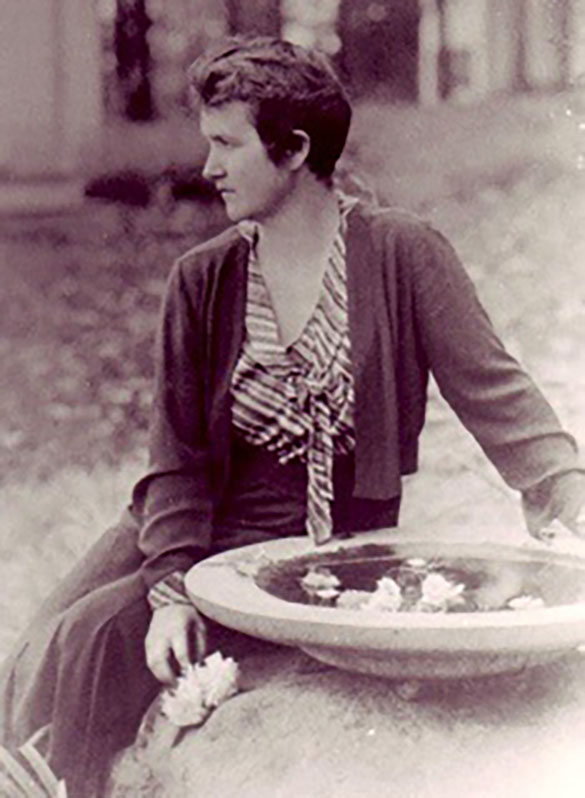
Similar to her husband, J. B. Rhine, American parapsychologist Louisa Rhine began her professional career as a botanist. She eventually found her way to Duke University under the mentorship of psychologist William McDougall. Her husband co-founded the Parapsychology Labs at Duke University in 1930, and she began investigating psychical phenomena under its auspices. As her interest in psi phenomenon grew, she began, in 1948, to collect spontaneous parapsychological experiences that people sent to her. It’s estimated that she compiled nearly fifteen thousand cases. Some of these were instances of PK and other instances of nonphysical psi phenomena, such as clairvoyance or precognition. She wrote numerous articles for the Journal of Parapsychology, and also published a handful of books which were lauded for their approachable nature, essentially bringing psychical science to the general public (Berger & Berger, 1991, p. 358).
An article published in the Journal of Parapsychology upon her death summarizes her impact, as readers learn that “Louisa Rhine helped to bring legitimacy to the study of psychic phenomena…while her husband designed simple laboratory experiments to test the possibility of psi abilities, Louisa analyzed literally thousands of real-life psychic experiences and laid the ground for a taxonomy of psi. Author of six books and numerous scholarly papers, she was the first lady of parapsychology for nearly half a century.” (Rao, 1983).
Helen Salter (1883–1959, Psychical Researcher)
Helen Salter was a research officer and editor within the British Society for Psychical Research. She served on its council alongside her husband, William Salter, who also engaged in psychical research. She was also the daughter of Margaret Verrall, a famous British automatic writer. Through the connections of her parents, Salter grew up surrounded by key figures in parapsychology, and even became an automatic writer herself, an ability that she practiced for nearly thirty years. She was one of the automatic writers involved in the decades-long study of cross-correspondences, and her research appeared in many journals, including the Journal of the Society for Psychical Research and the Journal of Parapsychology (Berger & Berber, 1991, p. 375; Ruickbie, 2022).
Eleanor Sidgwick (1845–1936, President of Newnham College and Psychical Researcher)
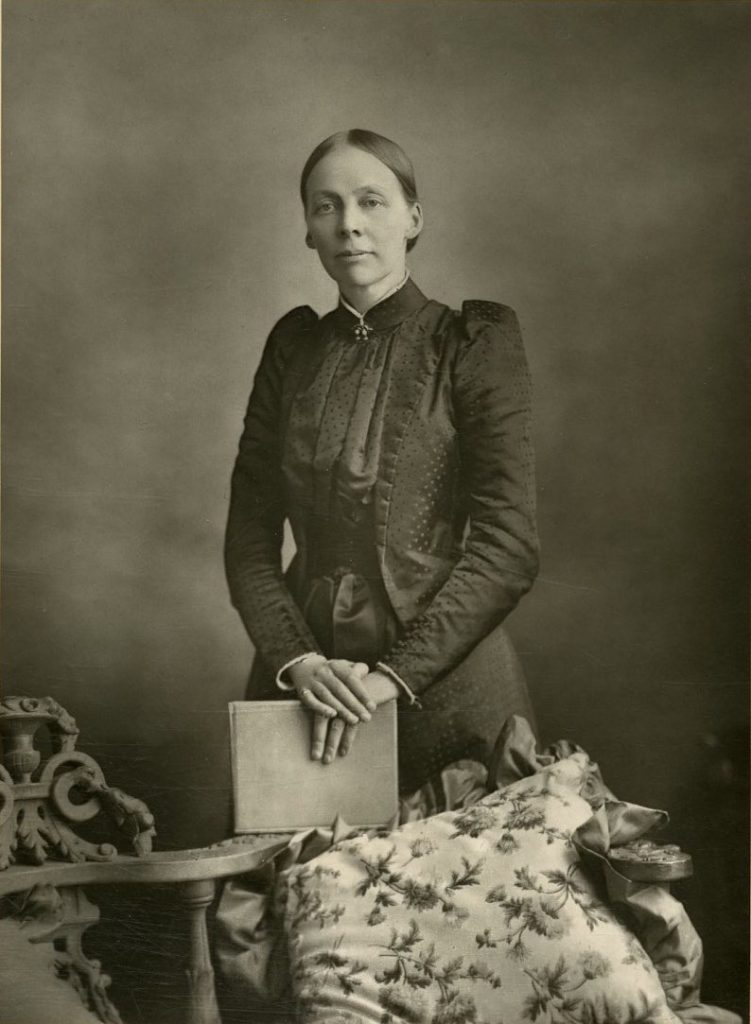
Eleanor Sidgwick was a Scottish psychical researcher, and according to researcher Carlos S. Alvarado (2018), “was one of the most productive psychical researchers” in the early days of the British Society for Psychical Research (SPR) (p. 127). She joined the SPR in 1884 but had been involved in psychical studies of mediums alongside Frederic W. H. Myers, her husband Henry Sidgwick, and Edmund Gurney, to name a few. One short year after joining the SPR, Sidgwick undertook a massive task to analyze almost four hundred case reports the society had received regarding haunt phenomena, or as the SPR would be wont to say, “phantasms of the dead” (p. 128). Her ability to organize, analyze, and classify was unparalleled, and from this work she identified patterns of hauntings, ferreted out cases of misidentification or fraud, and presented theories to explain the genuine cases that were left. As others have noted, “the amount of detail and critical analysis presented by Sidgwick had no precedent in the previous literature examining apparitions of the dead” ( p. 128). Her work analyzing these hundreds of haunt cases not only shed light on patterns of haunt phenomena, but also helped create a standard set of criteria for ferreting out genuine cases of haunt phenomena moving forward (Block, 2020, p. 57). A few years after her work on that project, Sidgwick assumed the role of primary investigator on the SPR’s Census of Hallucinations, a survey sent to seventeen thousand people over the course of three years. It investigated waking hallucinations, that is, it asked people if they had ever, while being fully awake and conscious, seen an apparition, heard a phantom noise, or even felt something that wasn’t physically there. Eleanor and her secretary, Alice Johnson, are the two who are credited with analyzing and organizing all the data, and the Census of Hallucinations wouldn’t be the amazing document it is without their hard work (Keep, 2019, p. 582). Eleanor undertook this work while simultaneously serving as president of Newnham College in Cambridge.
In addition to the work above, she also designed experiments to study telepathy, and even presented her research at the International Congress of Experimental Psychology. There, she proclaimed that while there was an overwhelming amount of case studies and examples of telepathy, little had been done by science to seriously examine the nuances of this phenomena. She was also a key investigator in the thirty-year study of cross-correspondences, which involved automatic writers (Alvarado, 2018, p. 129). Her contributions to the field of parapsychology are immeasurable, and she is a shining example of one of the earliest female members of the SPR.
Gerda Walther (1897–1977, Psychical Researcher)

Gerda Walther was a German psychical researcher who, as a child, experienced telepathy from both living and deceased persons. She began her psychical career as an assistant to fellow psychical researcher Alfred von Schrenck-Notzing. Walther studied the medium Rudi Schneider and believed that he exhibited genuine psychical abilities. She is the author of two notable books on the topic, and she helped spread international awareness of European psychical studies when she contributed summaries to the Journal of the American Society for Psychical Research. Interestingly, during World War II, Walther was approached by the German government and asked to train psychics to detect enemy submarines, but she refused (Berger & Berger, 1991, p. 460).
These are but a few of the notable women who have contributed to our understanding of psi and who represent some of the earliest efforts at scientifically understanding psychical phenomena. For those interested, you can search the archives of various open access journals, Google Scholar, HathiTrust, or even ask your local library for access to resources written by and about these women. For an even more comprehensive list of notable figures along with an annotated bibliography of parapsychological resources spanning from the 1870s to the 2020s, ask your local library for a copy of my upcoming work, The Encyclopedia of Parapsychology
Remember, too, that there are many women who were participants in psychical studies – women like Marthe Béraud (more commonly known as Eva C.), Florence Cook (also known as Katie King), the controversial Mina Crandon (referred to as Margery), Eusapia Palladino, Nina Kulagina, Leonora Piper, Elizabeth d’Espérance, and many, many more. There are those, too, since 1940 who have continued the effort at understanding this “expanded universe” that Dr. Louisa E. Rhine tells us about – women like Helané Wahbeh, Caroline Watt, Annalisa Ventola, Michaeleen Maher, Rhea White, Nancy Zingrone and countless others.
References
The Australian Institute of Parapsychological Research. (2019). The Fanny Moser Award. Australian Journal of Parapsychology, 19(2), 231-232.
Alvarado, C. S. (2018). Eleanor M. Sidgwick (1845–1936). Journal of Parapsychology, 82(2), 127-131.
Berger, A. S., & Berger, J. (1991). The Encyclopedia of Parapsychology and Psychical Research. Paragon House.
Block, C. M. (2020). Researching the Paranormal: How to Find Reliable Information about Parapsychology, Ghosts, Astrology, Cryptozoology, Near-Death Experiences, and More. Rowman & Littlefield.
Boole, M. E. (1908). The Message of Psychic Science to the World. C. W. Daniel.
Bortnichak, P. M., & Bortnichak, E. A. (2021). Dream Work: The Inner World of Die Meistersinger. The Wagner Journal, 15(1), 9.
Hart, H. (1957). Mrs. Rhine’s Conclusions about Survival: A Critique. Journal of Parapsychology, 21(3), 227-237.
Keep, C. (2019). Evidence in Matters Extraordinary: Numbers, Narratives, and the Census of Hallucinations. Victorian Studies, 61(4), 582-607.
Kloosterman, I. (2012). Psychical Research and Parapsychology Interpreted: Suggestions from the International Historiography of Psychical Research and Parapsychology for Investigating its History in the Netherlands. History of the Human Sciences, 25(2), 2-22.
Lawrence, S. (2015). Life, Architecture, Mathematics, and the Fourth Dimension. Nexus Network Journal: Architecture and Mathematics, 17(2), 587-604.
Rao, K. R. (1977). Some Frustrations and Challenges in Parapsychology. Journal of Parapsychology, 41(2), 119-135.
Rao, K. R. (1983). Louisa E. Rhine: 1891-1983. Journal of Parapsychology, 47.
Ruickbie, L. (2022, April 12). Helen Salter. Psi Encyclopedia. https://psi- encyclopedia.spr.ac.uk/articles/helen-salter
Sidgwick, E. (1915). A Contribution to the Study of the Psychology of Mrs. Piper’s Trance Phenomena. Proceedings of the Society for Psychical Research. Society for Psychical Research.
Takasuna, M. (2012). The Fukurai Affair: Parapsychology and the History of Psychology in Japan. History of the Human Sciences, 25(2), 149-164.Zingrone, N. L., & Alvarado, C. S. (2019). Correspondence: On Women in Parapsychology. Journal of Parapsychology, 2019, 286-289.


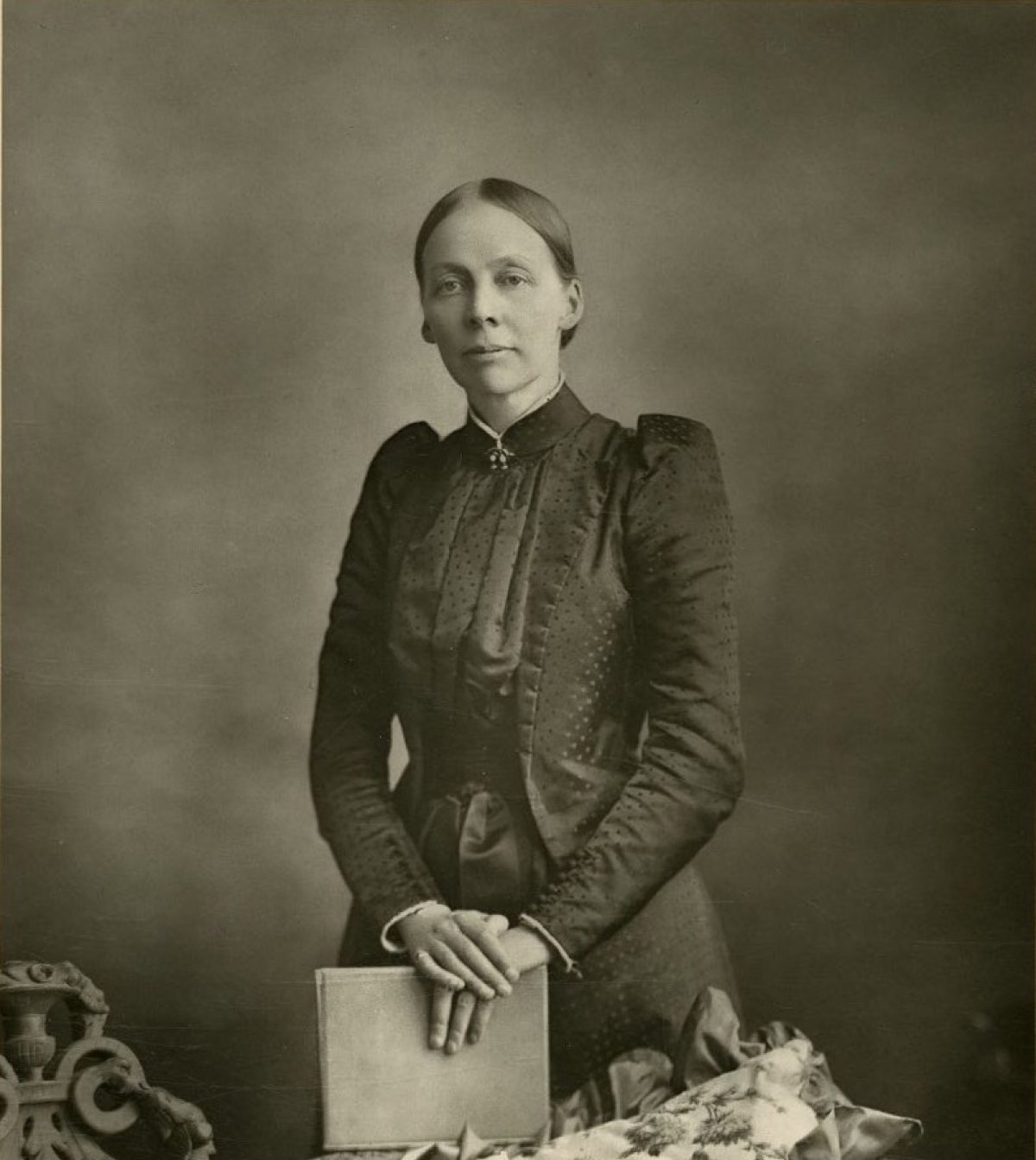


Leave a Reply
You must be logged in to post a comment.